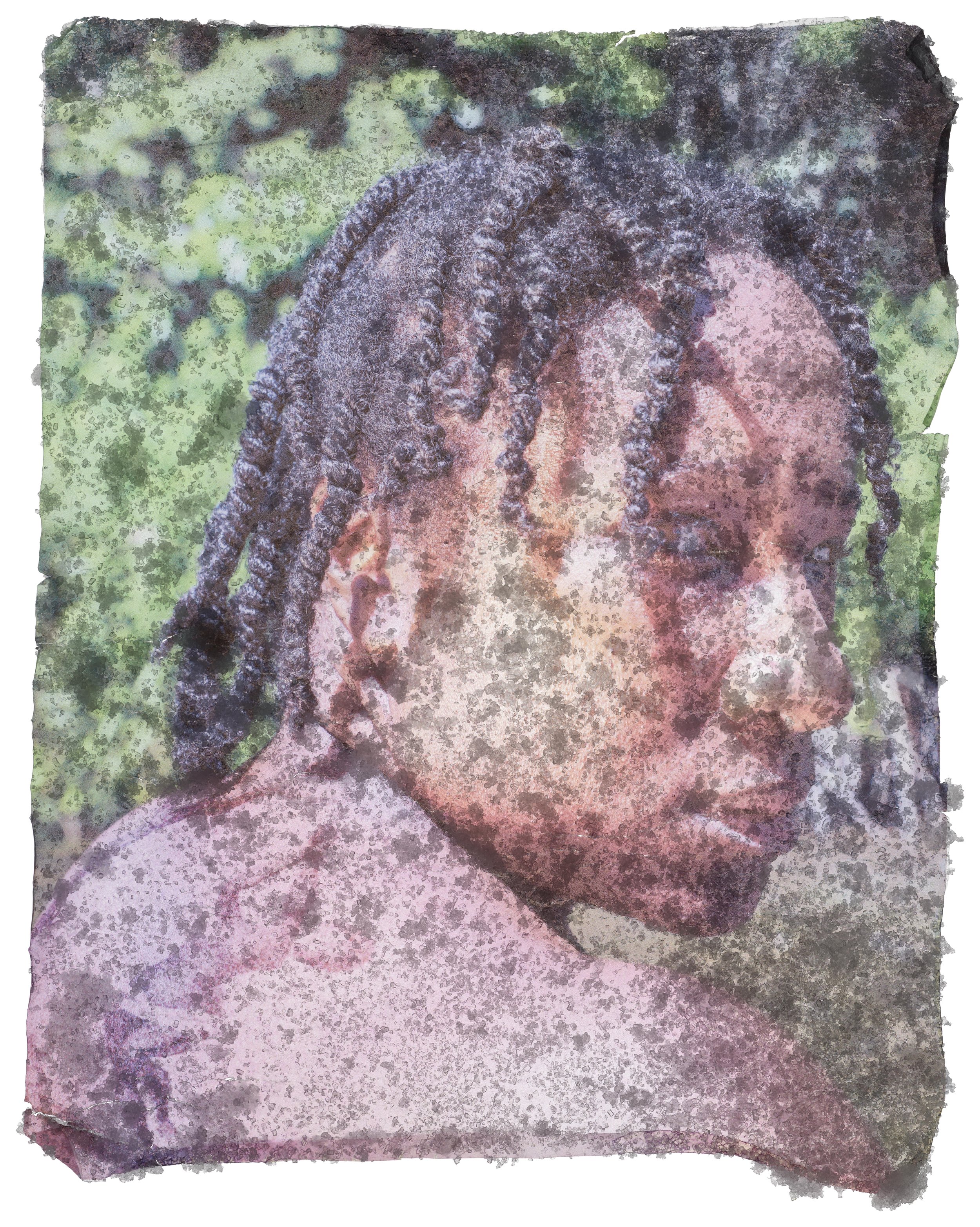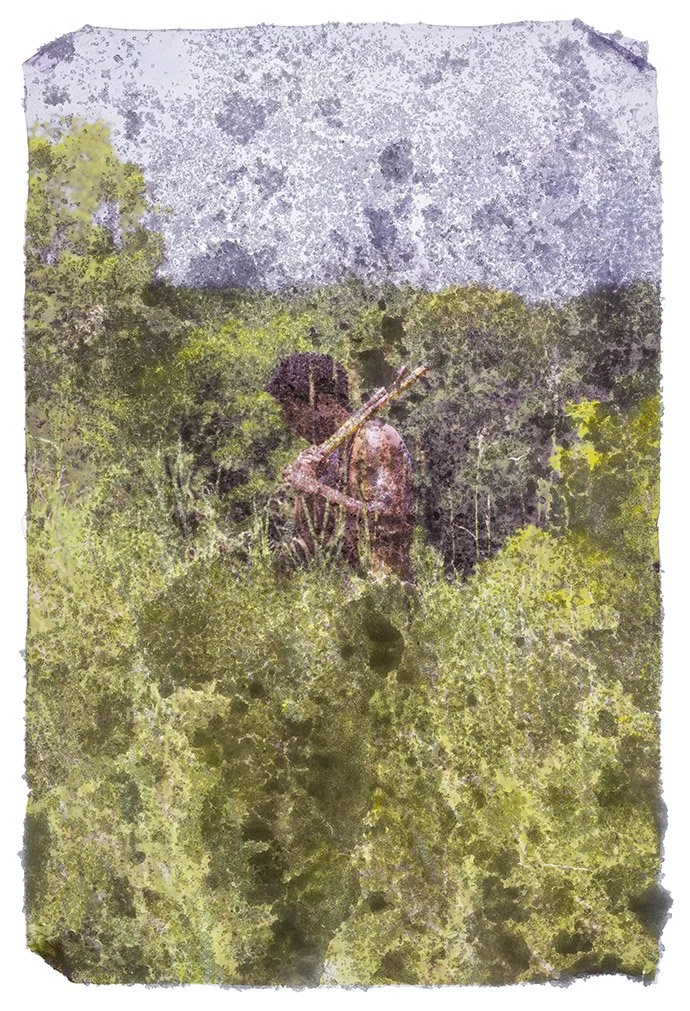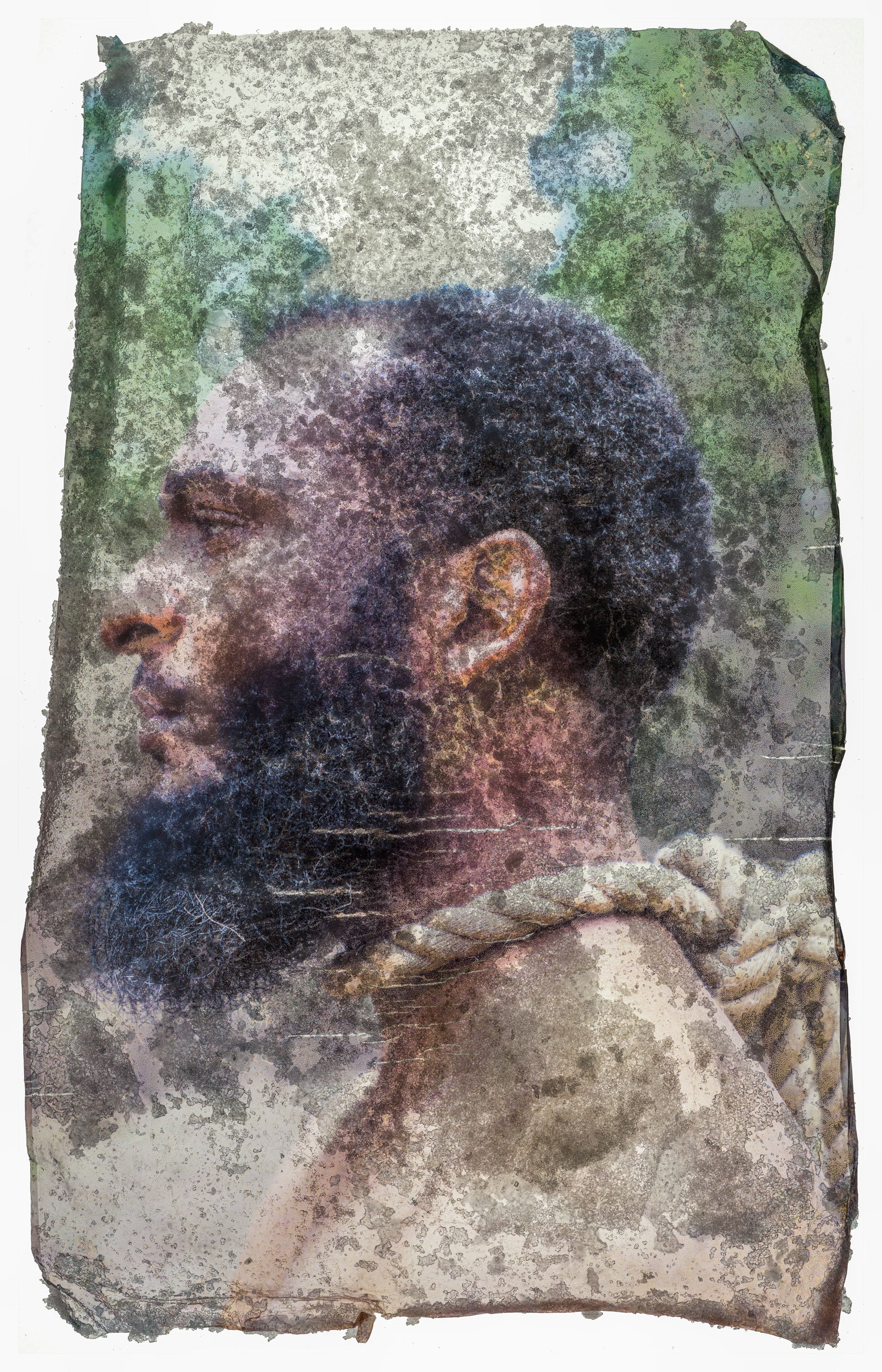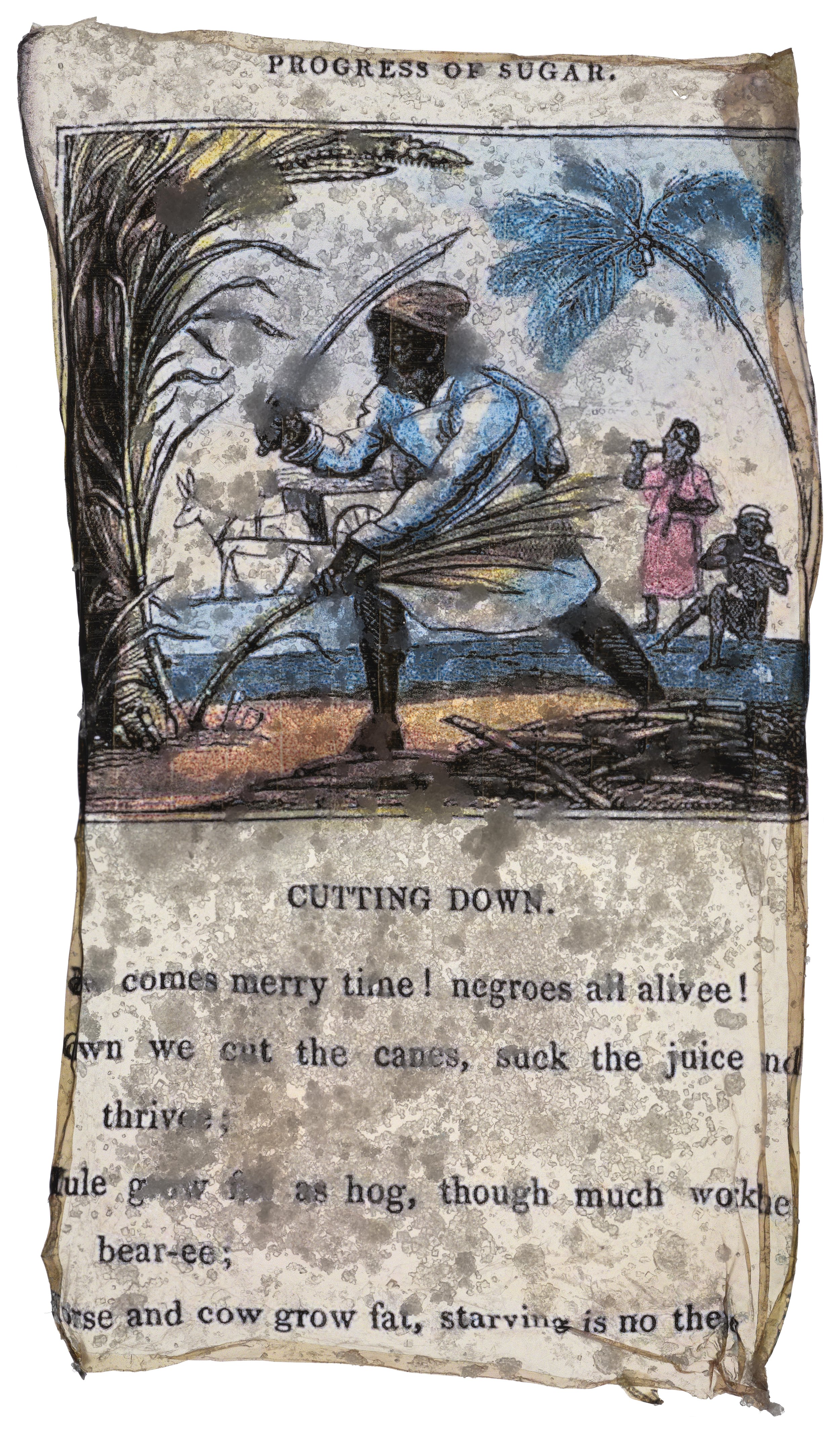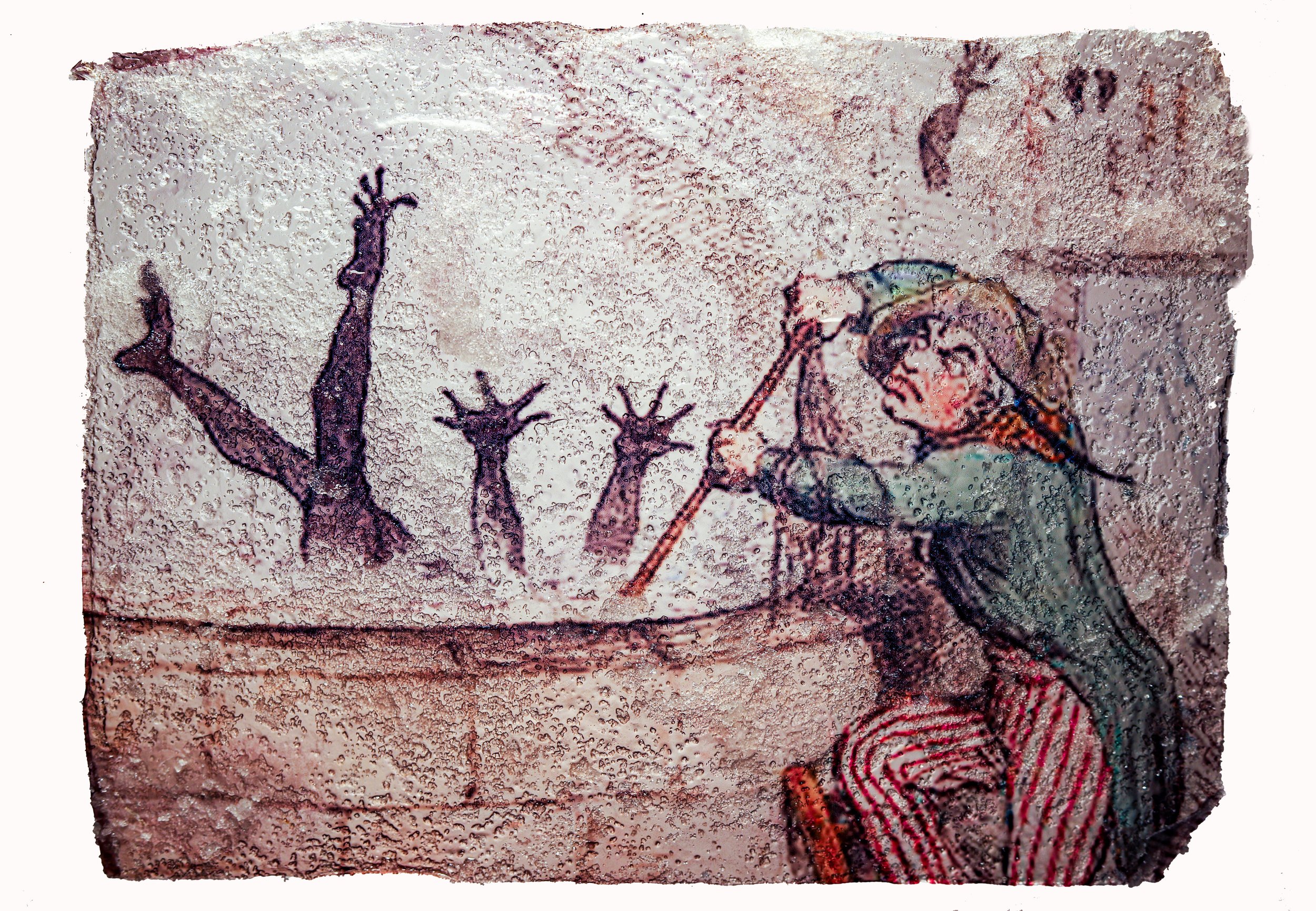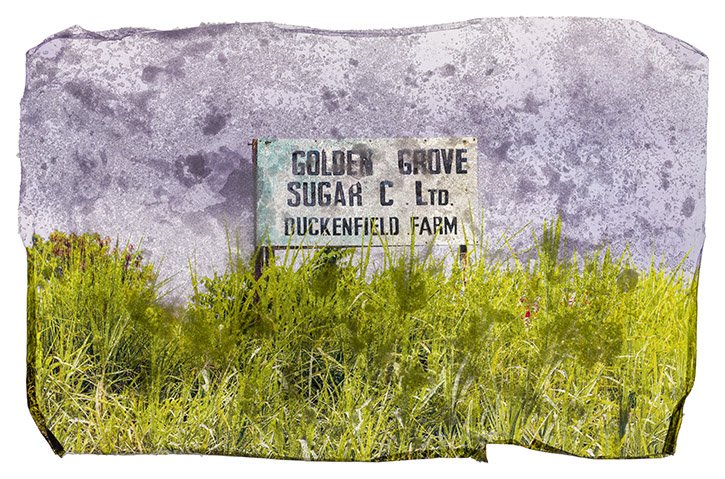Artist Statement:
The history of sugar comes with a harrowing truth that many choose to ignore or have given little consideration, as they consume sugary goods. As Richard S. Dunn writes in his book Sugar & Slaves, “From the beginning sugar makers pegged their production system to black slave labor. Sugar and slavery developed hand in hand in the English islands, two faces of a single phenomenon.” It was a volatile business in which White Europeans benefited, profited and thrived monetarily with the institutionalized enslavement of Africans who produced their captors’ cane for free. As Dunn continues to write, “The sugar planters of Barbados, Jamaica and the Leeward Islands were the first Englishmen to practice slavery on a large scale. Before the close of the seventeenth century, they brought a quarter of a million Negroes from Africa to these six islands and branded them as perpetual bondsmen…. The Negro was defined as chattel and treated as a piece of conveyable property, without rights and without redress.” This is a “footnote” that most prefer to skim over, perhaps to further hide the transgressions and shame of the Trans Atlantic Slave trade.
My series, Sugar Coat, seeks to combat this negligence in awareness and aims to present this history photographically by exploring the materiality of sugar in its bleached granular form and to speak metaphorically about the whitewashing of this history. Using my own personal archives of Jamaica and intermixing them with new images constructed from using models, costumes, props and appropriating pro-slavery literature and both vintage and contemporary advertisements for sugar, I am producing photographs made from sugar. Fascinated by the tactility of sugar, the viewer can imagine the texture without ever touching it. Sugar is so sweet but the tale behind it is so sour.
Dunn, Richard S. Sugar & Slaves: The Rise of the Planter Class in the English West Indies, 1624-1713. (Williamsburg, VA: The University of North Carolina Press) 1972. 189. IBID, 224





